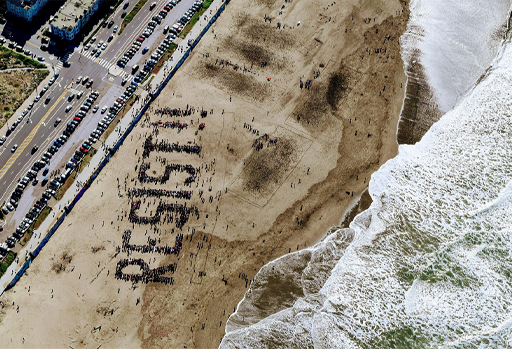Week 4: Forms of resistance
Introduction
This week was written by Owain Smolović Jones and Fidèle Mutwarasibo.
Resistance is a rich phenomenon that can be practised in a range of different ways. Although there are many views on which forms of resistance are more effective than others, the effectiveness of one type of resistance over another depends on the context and the goals of the resisters. In this week of study you will therefore learn how to distinguish between different types of resistance, and the strengths and weaknesses of these.
You will be introduced to a framework that can help with distinguishing between variations of public, private, individual and collective resistances. Another useful way of differentiating between various forms of resistance is to consider how they relate to the power they claim to oppose – doing so offers three forms of resistance worth considering: resistance through distance, difference and persistence. Finally, you will consider forms of resistance relevant in highly oppressive or corrupt settings. In particular, you will engage with resistance that offers a way of overcoming the gaslighting practices you learnt about in Week 1 – these are known as dispelling practices.
By the end of this week, you should be able to:
- identify and analyse various forms of resistance in relation to the conditions of power under which they are practised
- articulate the strengths and weaknesses of a range of resistances
- evaluate what forms of resistance may be possible in a range of contexts, including your own.

